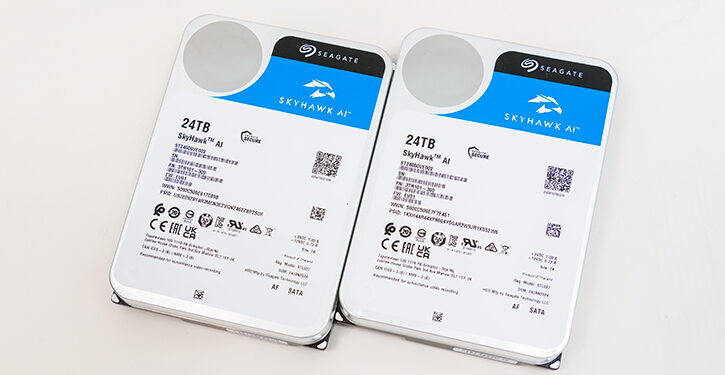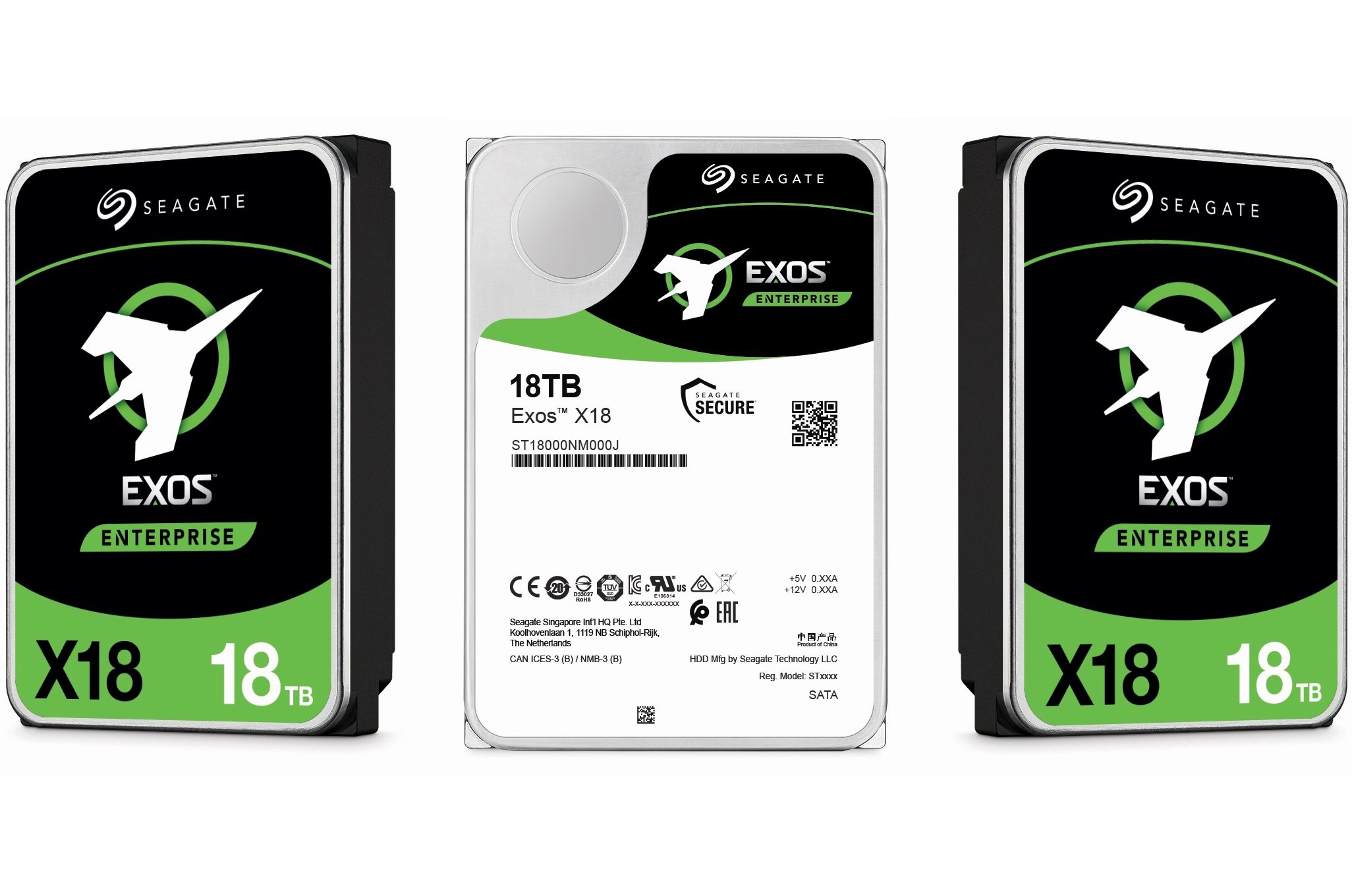
Multi-Tier Caching technology (MTC for short) is the umbrella term that Seagate has come up with to explain all the various enhancements they have crafted for hard disk drives they obtained via the SandForce IP they purchased from LSI a few years back. In simplistic terms, MTC is a combination of algorithms and other low-level enhancements that allow for a radically different approach to a hard drive’s controller and its caching. As time goes by, so too do the MTC algorithms change/improve. Seagate is constantly refining them and every generation should bring some improvement(s) to the table.
The easiest way to imagine the old way of how things were done was to imagine the controller and onboard cache as a secretary and a filing cabinet. As the secretary gained experience with her job she would ‘preload’ certain files into this cabinet for quicker turn arounds when their boss asked “give me X file”. It worked, but even adding in extra cores (a second secretary in this analogy) and bigger filing cabinet (more RAM cache) the end result was as many misses as hits – as the extra cache was barely able to improve the chances of the data being in the ‘filing cabinet’. To extended this analogy imagine the times when they guessed wrong as having to go into the backroom of the office and dig up the ‘proper file’.

MTC on the other hand is best considered a marriage of Seagate’s previous Solid-State Hybrid Drives with their Hard-Disk Drive lines… just without the need of expensive – and relatively short lived – NAND. Basically, just like a SSHD (sans downsides of cost and lifespan) MTC allows the ‘secretary’ the luxury of making multiple branch predictions and storing all these possibilities in their on hand ‘filing cabinet’. Not only does this increase the hit ratio it allows the ‘secretary’ the luxury of actually being able to properly use the entire filing cabinet. Yes, unlike older algorithms, making the filing cabinet even larger also makes the secretary even more efficient. This is why using a 512MB cache buffer actually makes sense – and going even bigger would potentially net even better results.

As these algorithms are based on extremely advanced multi-branch prediction math, they can also be tuned for various scenarios. In fact, MTC was built from the ground up to be highly versatile and adaptable. In their research Seagate identified numerous areas that noticeably impact real world performance. Equally important, each of these impact different scenarios in unique ways and each of them required slightly different (or even radically different) math to predict future needs.
Yes. In a perfect world you could simply use a super-computer and a couple GB of ram cache to boost all of them all the time and create the perfect all-round model capable of handling any task or any scenario with near perfect efficiency. That obviously is not possible with hard drive storage, so after Seagate identified these areas they then spent the time and effort classifying how these areas are used in the real world. For instance, a HDD placed into a NAS is going to have more ‘large file’ random read/write IO requests than say a HDD in a home users system; whereas an OS or even secondary storage drive will need small(er) file sequential and random performance boosted. Compare and contrast that with a hard drive in a nearline array and they will need good write, good read, and excellent data recovery, security, and reliability… as they may spend a good chunk of their life in a lower powered state.
With this information now available to Seagate engineer’s they can with very little effort tweak how much priority each of these underlying algorithms need, hardcode that into the firmware of a given model… and go from there. Yes, this boosting of certain algorithms (or to be more precise giving them higher processor cycle and cache storage priority) means it comes at the expense of other areas, but tailor-made performance means as long as you choose the right model… the ‘real world’ performance for your needs will be higher than ever before.

This is also why when you purchase a Seagate Guardian series drive with retail packaging you will notice a different MTC logo on the front of the box and the drive. For example, the Seagate BarraCuda models come with the word ‘compute’ in bold prominence. Whereas on an IronWolf it will have “NAS” and a Exos X will have “Enterprise” proudly displayed directly underneath the model’s name. Once you understand what the ‘code name’ or branding means, picking the proper model becomes a lot more straightforward than trying to remember a color – like Western Digital does. This is an extremely elegant solution to conveying a rather complex subject in such a manner that even a novice buyer will almost instantly ‘get it’.









